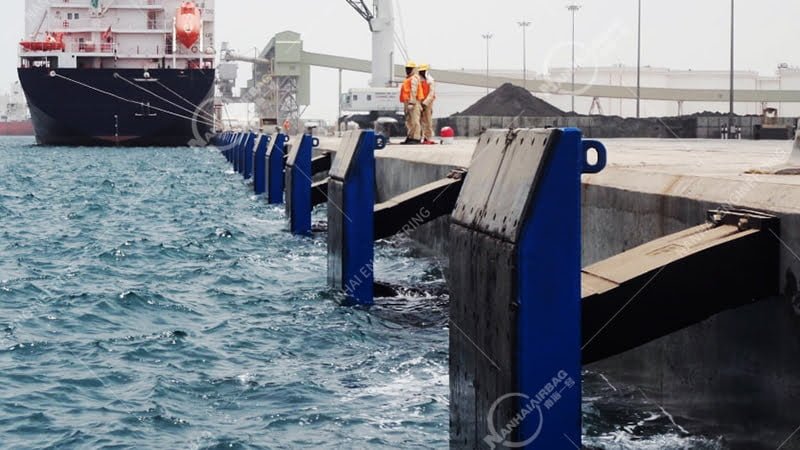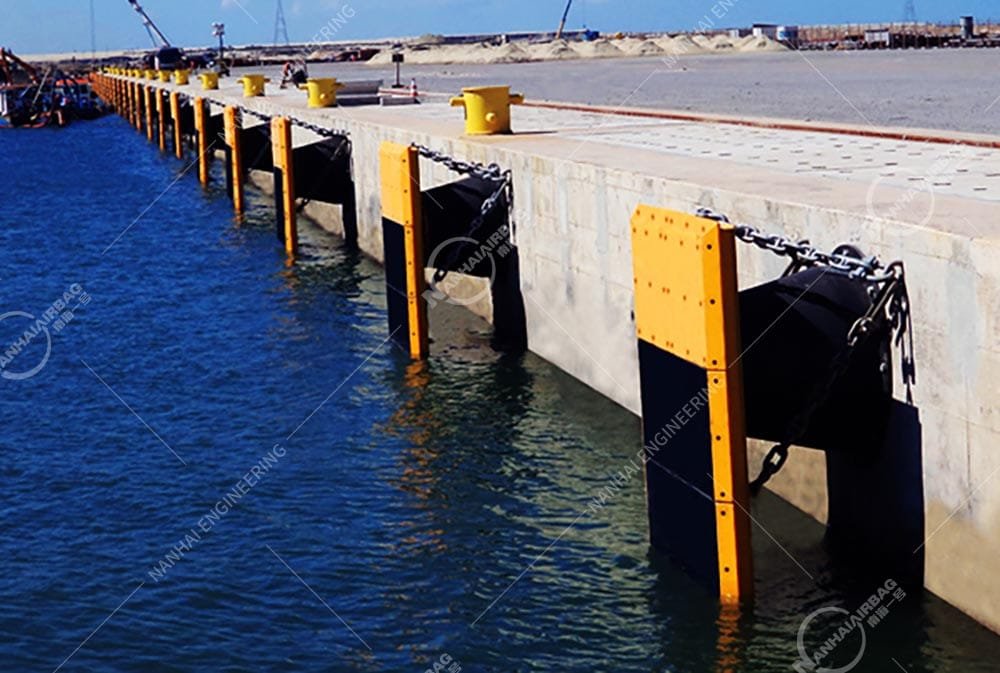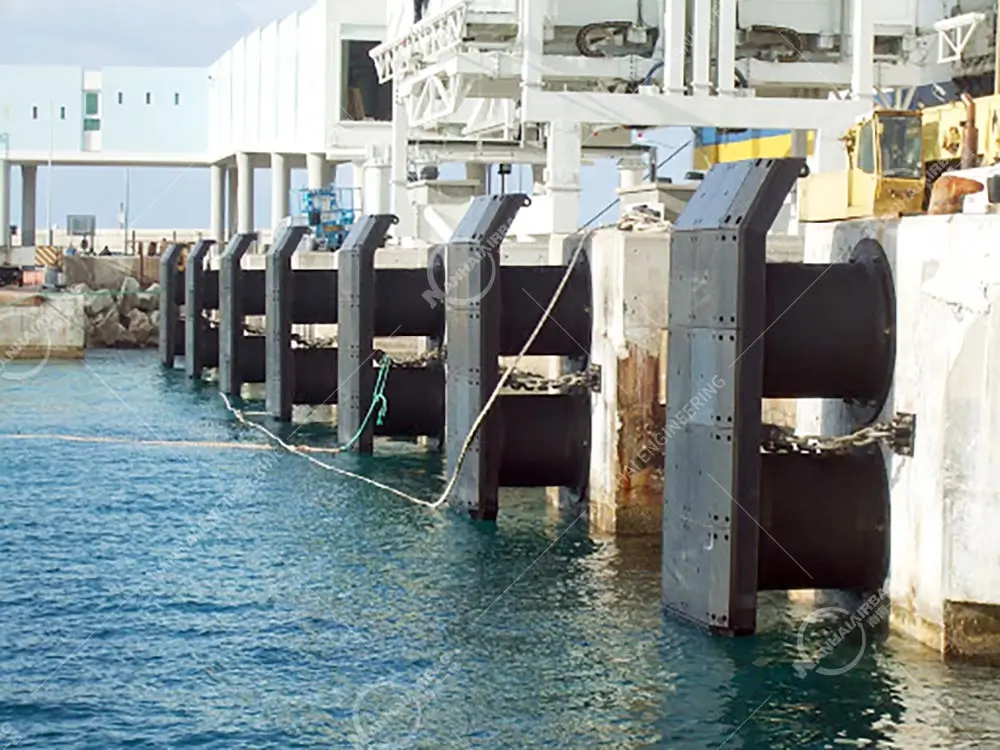Tips for Choosing Marine Fenders
07/10/2025Why Cruise Terminals Prefer Foam Filled Fenders?
07/10/2025Element vs Cone vs Cell Fender: What’s the Difference?
Выбор правильного резиновые крылья, морские крылья, и судовые крылья is more urgent than many realize. Harbors with high tidal shifts, angled berthing, or tight spaces can suffer costly damage if fenders aren’t properly matched to berthing conditions. I’ve seen it firsthand: a container ship grazing a quay without the proper fender type can cause delays, lawsuits, and hundreds of thousands in repair bills. Understanding the differences between element, cone, и cell fenders could save your port—or your sanity.
Почему это важно сейчас
Whether you’re upgrading infrastructure or managing fleet safety, selecting the right marine fender impacts longevity, cost, and performance. For example, a cell fender may be ideal for heavy bulk terminals, but if space is tight, an element fender could deliver similar protection in a smaller footprint. Read on to see which solution fits your berthing profile and helps you avoid damage and downtime.
Избранные фрагменты
What is an Element Fender?
An element fender is a compact, modular rubber fender made of stamped “rubber legs” that absorb energy through deformation. It offers low reaction force, flexible installation (horizontal or vertical), and works well in tight spaces.

What is a Конусное крыло?
A cone fender features a tapered, conical shape that offers high energy absorption and low reaction force, especially under angular berthing. Best suited for docks with large tidal ranges and heavy vessels.

What is a Cell Fender?
A cell fender is a hollow, cylindrical rubber unit known for its exceptional durability and high energy absorption with minimal reaction force, widely used in container and oil terminals.

Side‑by‑Side Comparison: Element vs Cone vs Cell
| Тип крыла | Shape & Build | Key Strengths | Ideal Use Cases |
|---|---|---|---|
| Элемент | Modular “leg” design, compact | Great in limited spaces, low kickback, flexible mount | Small docks, tugboat berths, retrofit projects |
| Cone | Tapered acute cone with large pad and base width | High energy absorption; stable at angles & tidal swings | High tidal ports, container vessels, angled berths |
| Cell | Cylindrical shell with hollow center | Highest durability; uniform load distribution | Heavy-commercial ports—oil, bulk, LNG terminals |
ЧАСТО ЗАДАВАЕМЫЕ ВОПРОСЫ
Q: What are rubber fenders made of?
Rubber fenders—whether cell, cone, or element—are compression‑molded or extruded from natural or synthetic rubber, specially formulated for UV, ozone, and seawater resistance.
Q: Can I mount element fenders vertically?
Yes! Element fenders are designed for horizontal or vertical mounting—they’re perfect for piers or columns where space is limited.
Q: Are cone fenders better for angled berthing?
Absolutely—cone fenders excel in angular berthing because of their shape and large pads that distribute pressure evenly.
Q: Do cell fenders last the longest?
Cell fenders are extremely durable and resist wear better than many other types. They’re ideal for high-traffic, high-energy berths.
Q: Which fender is best for high tidal variations?
Both cone and cell fenders handle tidal shifts well, but cone fenders often outperform in compact installations or where vertical height is a consideration.
Последняя мысль
На сайте НАНХАЙ, we specialize in high-quality marine fenders—резиновые крылья, pneumatic, foam-filled, and more—crafted to international standards like ISO 17357. Whether upgrading existing infrastructure or fitting a new berth, our element, cone, and cell fenders offer reliable, economical solutions tailored to your needs.
Ready to optimize your berthing setup? Contact NANHAI today to get professional guidance on selecting the right fender—and keep your vessels safe and efficient.
Want a free comparison sheet, sample panels, or a site survey? Reach out now and let’s make your infrastructure last.
